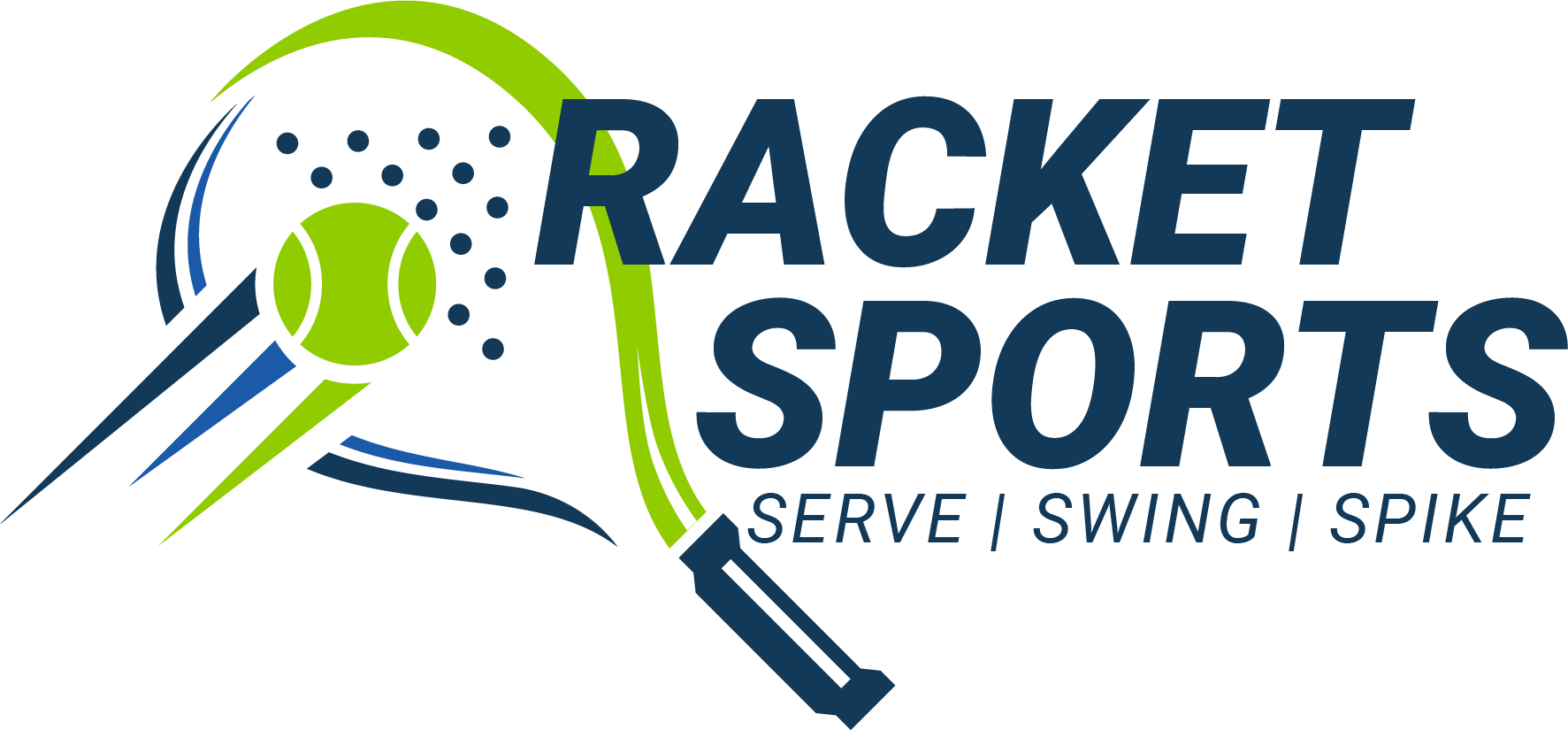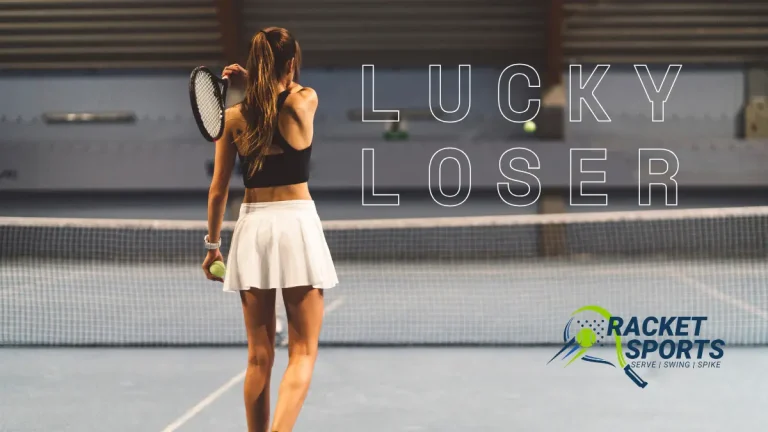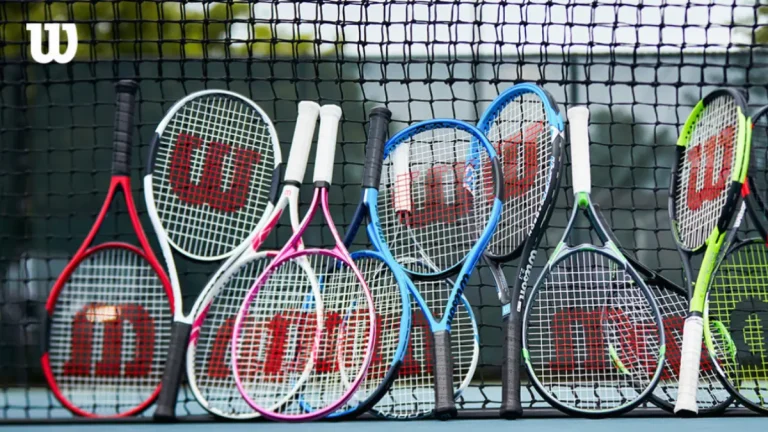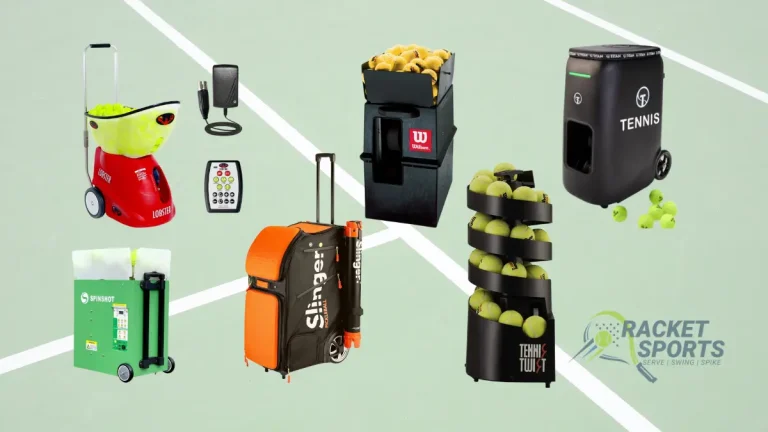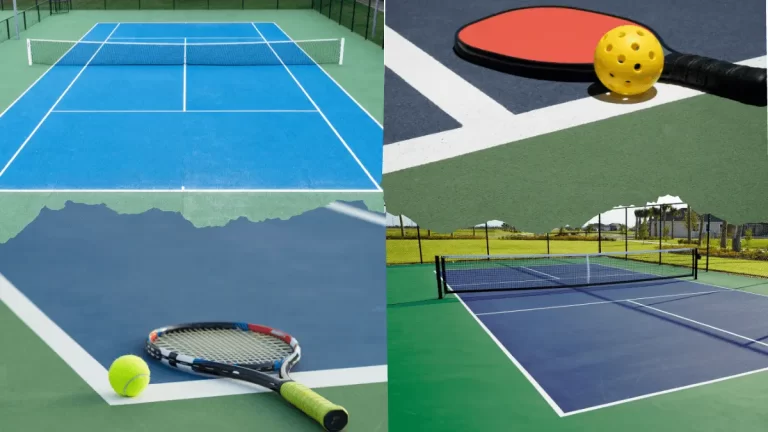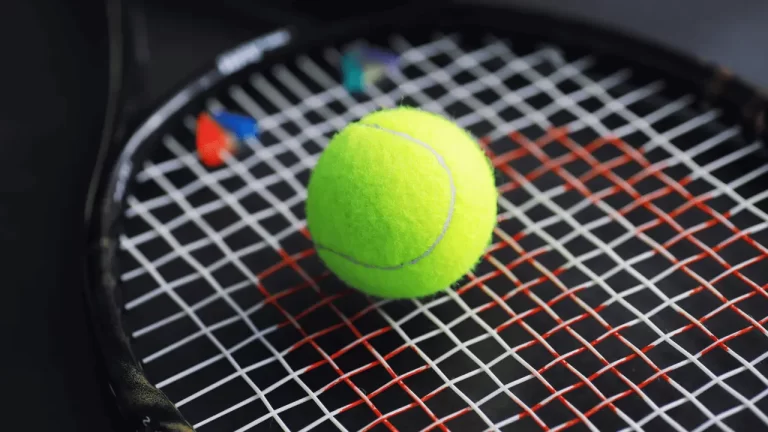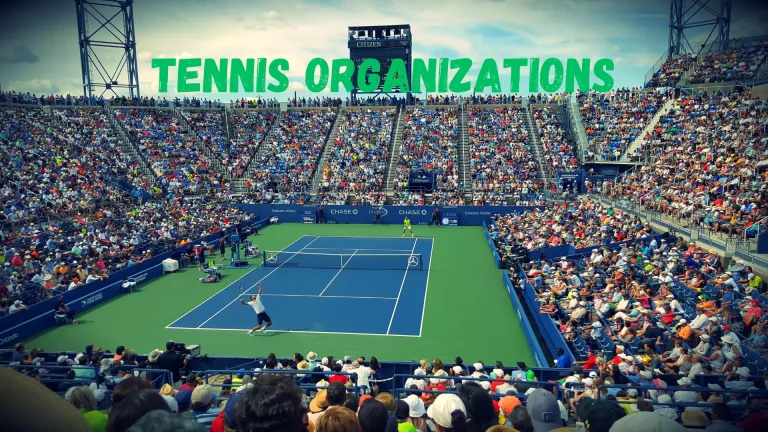What is Poaching in Tennis? Tips, Strategies & Rules 2025
Poaching in tennis is an exciting and strategic move often seen in doubles matches. It involves one player crossing over into their partner’s side of the court to intercept an opponent’s shot. This aggressive tactic can catch opponents off guard and turn the tide of a match. In this article, we’ll explore what poaching entails, how it works, its benefits, and some practical tips for mastering it.
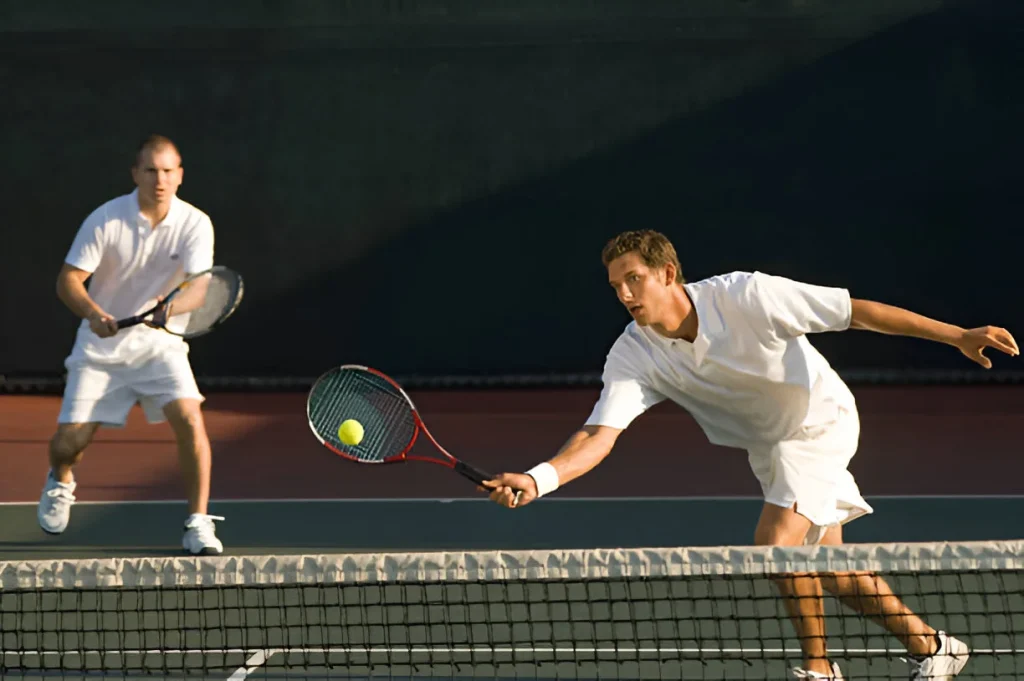
Understanding Poaching: The Basics
In doubles tennis, teamwork is key, but so is individual initiative. Poaching allows players to take control by stepping out of their traditional zones and making bold plays. Here’s a breakdown of the concept:
- Definition : Poaching in tennis occurs when the net player (usually positioned near the center line) moves laterally across the court to hit a ball that would typically be intended for their partner at the baseline.
- Purpose : The goal is to surprise opponents, create confusion, and put pressure on them to make errors or weak returns.
- Timing : Successful poaches require impeccable timing—anticipating the opponent’s shot and moving decisively before they strike the ball.
While poaching can be highly effective, it also carries risks if not executed properly. Poorly timed attempts may leave gaps in coverage, giving opponents easy opportunities to win points.
Why Use Poaching in Doubles Matches?
1. Gaining Strategic Advantage
By poaching, you disrupt the rhythm of your opponents. They might expect the ball to go to your partner, and suddenly having you intercept it forces them to rethink their strategy mid-play.
2. Creating Pressure
A well-timed poach puts immediate pressure on the opposing team. If they hesitate or misjudge their response, it could result in unforced errors or weak returns that are easier to capitalize on.
3. Boosting Team Morale
Successful poaches energize both you and your partner. These moments can shift momentum in your favor and build confidence as a team.
How to Execute a Perfect Poach
Mastering poaching requires practice, communication, and understanding between partners. Follow these steps to refine your technique:
1. Communicate with Your Partner
Before attempting a poach, ensure your partner knows what you’re planning. Verbal cues like “mine” or non-verbal signals such as raising your racket can help avoid collisions or misunderstandings during play.
2. Read Opponent Patterns
Pay attention to your opponents’ tendencies. Are they consistently hitting cross-court shots? Do they favor certain areas of the court? Anticipating their next move increases your chances of executing a successful poach.
3. Stay Low and Ready
Position yourself slightly forward at the net with knees bent and weight balanced. This stance enables quick lateral movement and ensures you’re prepared to react instantly.
4. Commit Fully
Once you decide to poach, commit fully to the action. Hesitation will only lead to missed opportunities or awkward positioning. Move decisively toward the ball and aim for a strong, controlled shot.
5. Follow Through Strategically
After completing the poach, recover quickly to cover open spaces on the court. Effective recovery prevents opponents from exploiting any gaps left behind.

Common Mistakes to Avoid
Even experienced players can struggle with poaching in tennis . Here are some pitfalls to watch out for:
- Overusing the Tactic : Constantly poaching can make you predictable. Mix up your strategies to keep opponents guessing.
- Poor Timing : Attempting a poach too early or too late can leave you vulnerable. Practice anticipating shots to improve your timing.
- Lack of Communication : Failing to signal your intentions can confuse your partner and lead to collisions or missed opportunities.
Tips for Poaching in Tennis: Beginner to Advanced
Beginner Tips
- Start Slow : Begin practicing poaching during casual games rather than competitive matches. Focus on reading your opponents’ shots and improving your reflexes at the net.
- Use Simple Signals : Establish basic verbal or non-verbal cues with your partner to indicate when you plan to poach.
- Focus on Placement : When poaching, aim for consistency over power. Place the ball strategically to force weak returns from your opponents.
Intermediate Tips
- Anticipate Weak Shots : Look for situations where your opponents are under pressure, such as when returning a strong serve or volley. These are ideal moments to attempt a poach.
- Improve Lateral Movement : Work on drills that enhance your lateral speed and agility. Quick footwork is essential for successful poaching.
- Mix Up Your Strategy : Combine poaching with other tactics like staying back at the baseline or playing deep volleys to keep opponents guessing.
Advanced Tips
- Fake Poaches : Use feints to deceive your opponents. Pretend to poach without actually doing so, forcing them to adjust their shot and creating openings for your partner.
- Target Angles : Aim for sharp angles when poaching to make it harder for opponents to return the ball effectively.
- Adapt Mid-Match : Analyze your opponents’ strengths and weaknesses throughout the match. Adjust your poaching frequency and style accordingly.
Poaching in Tennis Rules Reference
According to the International Tennis Federation (ITF) and the United States Tennis Association (USTA), there are no specific rules prohibiting poaching. However, players must adhere to general regulations during its execution:
- Net Contact: Players are not allowed to touch the net with any part of their body or racket during play.
- Ball Contact: A player must not hit the ball before it crosses over to their side of the net. Striking the ball while it’s still on the opponent’s side is considered a violation. usta.com
- Interference: Players should avoid obstructing or hindering their opponents’ play.
FAQs About Poaching in Tennis
Is poaching allowed in tennis?
Yes, poaching is completely legal in doubles tennis. It’s considered a legitimate strategy to gain an advantage over opponents. However, proper communication with your partner is essential to avoid accidents or misunderstandings.
When should I attempt a poach?
The best time to poach is when you anticipate a weak or predictable shot from your opponent. Look for situations where they are under pressure or aiming for a specific area of the court.
How do I communicate with my partner while poaching?
Clear communication is crucial. Use verbal cues like “mine” or establish non-verbal signals beforehand, such as raising your racket or pointing. Consistent signaling helps maintain coordination and prevents confusion.
Can beginners try poaching?
Absolutely! While poaching requires skill and experience, beginners can start practicing it in casual games. Begin by focusing on reading opponents’ shots and improving your reflexes at the net.
What happens if my poach fails?
If your poach doesn’t succeed, don’t panic. Quickly recover to your original position and focus on defending the open space. Remember, every failed attempt is a learning opportunity to refine your technique.
Final Thoughts
Poaching in tennis is a thrilling and dynamic strategy that adds excitement to doubles matches. When done correctly, it can elevate your performance and give your team a competitive edge. By honing your anticipation skills, communicating effectively with your partner, and practicing regularly, you’ll become a formidable force at the net.
Whether you’re a seasoned player or just starting out, incorporating poaching into your repertoire can transform your doubles game. So grab your racket, hit the court, and start experimenting with this powerful tactic today!
